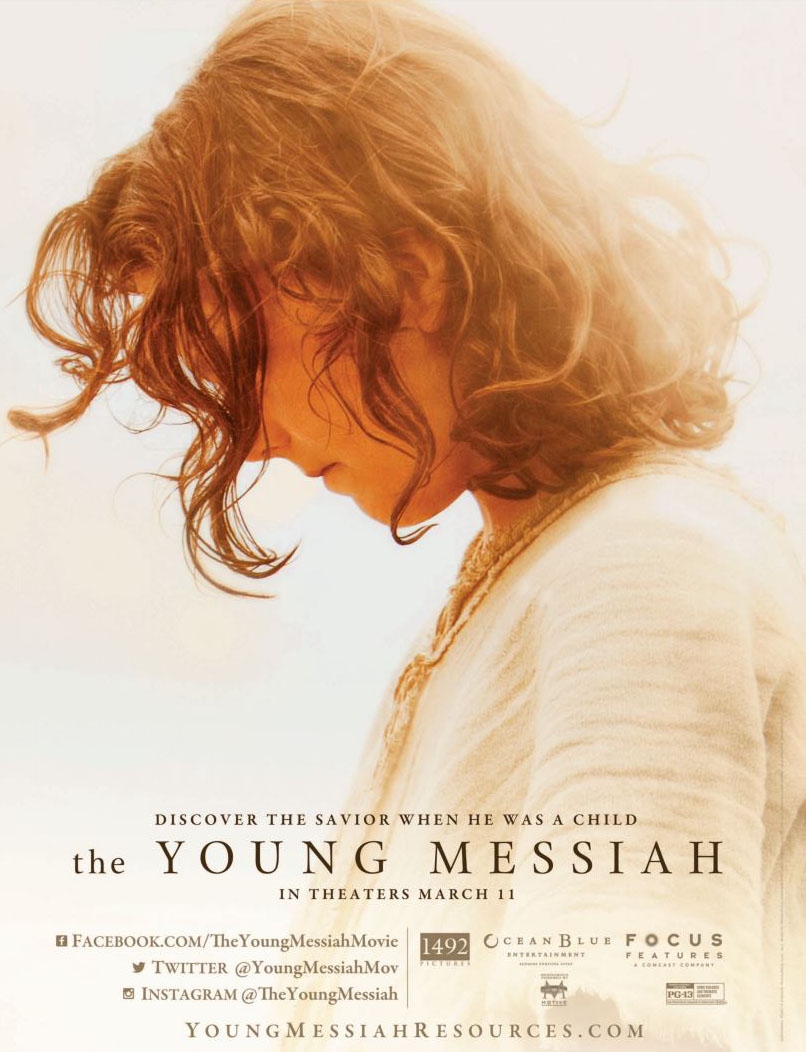
KANSAS CITY, Kan. (BP) — “The Young Messiah,” a new film based on an Ann Rice novel, presents a unique perspective concerning mankind’s Savior. In this latest big-screen adaptation, Christ the child and his family are coming to terms with His divine nature as they journey home from the seven-year Egyptian exile.
I suspect theologians will now raise an eyebrow. When it comes right down to it, most films about Christ are somewhat speculative.
Even when these films adhere to Scripture, they still include incidents, dialogue and inference that incorporate dramatic license. With Scripture and historical documents vague about this time in Christ’s life, a movie built entirely around Jesus as a 7-year-old will arouse suspicion in many.
Why tell such a tale? That was my very question for director, and a professing brother in the Lord, Cyrus Nowrasteh.
“It’s a gripping story,” Nowrasteh responded. “This is a movie I would want to see. I’d say it’s an informed conjecture.

The conjecture is not Nowrasteh’s only hurdle. Part of the objective was to present a Jesus that children could relate to. That’s a noble cause, but the result is a PG-13 film complete with bodies seen crucified on the road to Nazareth, some other brutality inflicted on the Jewish people by Romans, and one scene depicting a sensual girl provocatively dancing for Herod.
“First, it’s not Salome. It’s not the same Herod,” Nowrasteh said of the brief but sensual moment. “As to why that scene is there, it has to do with the contrasts in the movie; the primary contrast being between the Holy family and how they conduct themselves, and Herod and how he conducts himself. Herod is very dark, very hedonistic. If you don’t show that contrast, for me it takes away the context. And as a dramatist, I want the audience to understand the reasons and the longing for a Savior.”
A filmmaker can reason away his speculations, but a film image can last a lifetime, which can be good or bad. Kids today are bombarded by all kinds of content that is reasoned away by filmmakers. My advice would be, see it first and decide if you think it’s suitable for your children. It’s rated PG-13 due to violent imagery, mature subject matter and this one sensual dancing number. Some thematic elements may be difficult for little ones to understand.
Because of Hollywood’s track record (remember the Transformer-like rock people who helped build the ark in “Noah”), we churchgoers tend to be suspicious of the entertainment industry’s interpretation of religious matters. On the other hand, we gripe at the lack of films that address spiritual matters.
It would be nice if the production were rated PG; with a bit of effort, the same story and message could have been achieved without the excess. That said, the many endorsements from clergy and Christian critics across the country suggest that this interpretation has merit.
Cyrus Nowrasteh and his wife Betsy Giffen Nowrasteh, who co-wrote the screenplay, are both professing Christians who have addressed social and spiritual issues in their works. They are determined to strengthen the body of Christ and witness to unbelievers. This, I feel, is evidenced in The Young Messiah.
Opening March 11, the film stars Sean Bean, Vincent Walsh and Sara Lazzaro, and casts Adam Greaves-Neal as the 7-year-old Jesus. It is from Rice’s novel, “Christ the Lord: Out of Egypt.”
Among Christian endorsers are Johnny Hunt, senior pastor of First Baptist Church of Woodstock, Ga., and former Southern Baptist Convention president.
“The Young Messiah is incredibly entertaining but just as much, it is spiritually inspiring and stimulating as we contemplate what the early years of Jesus’ life entailed,” Hunt said. “You MUST see it.”

















